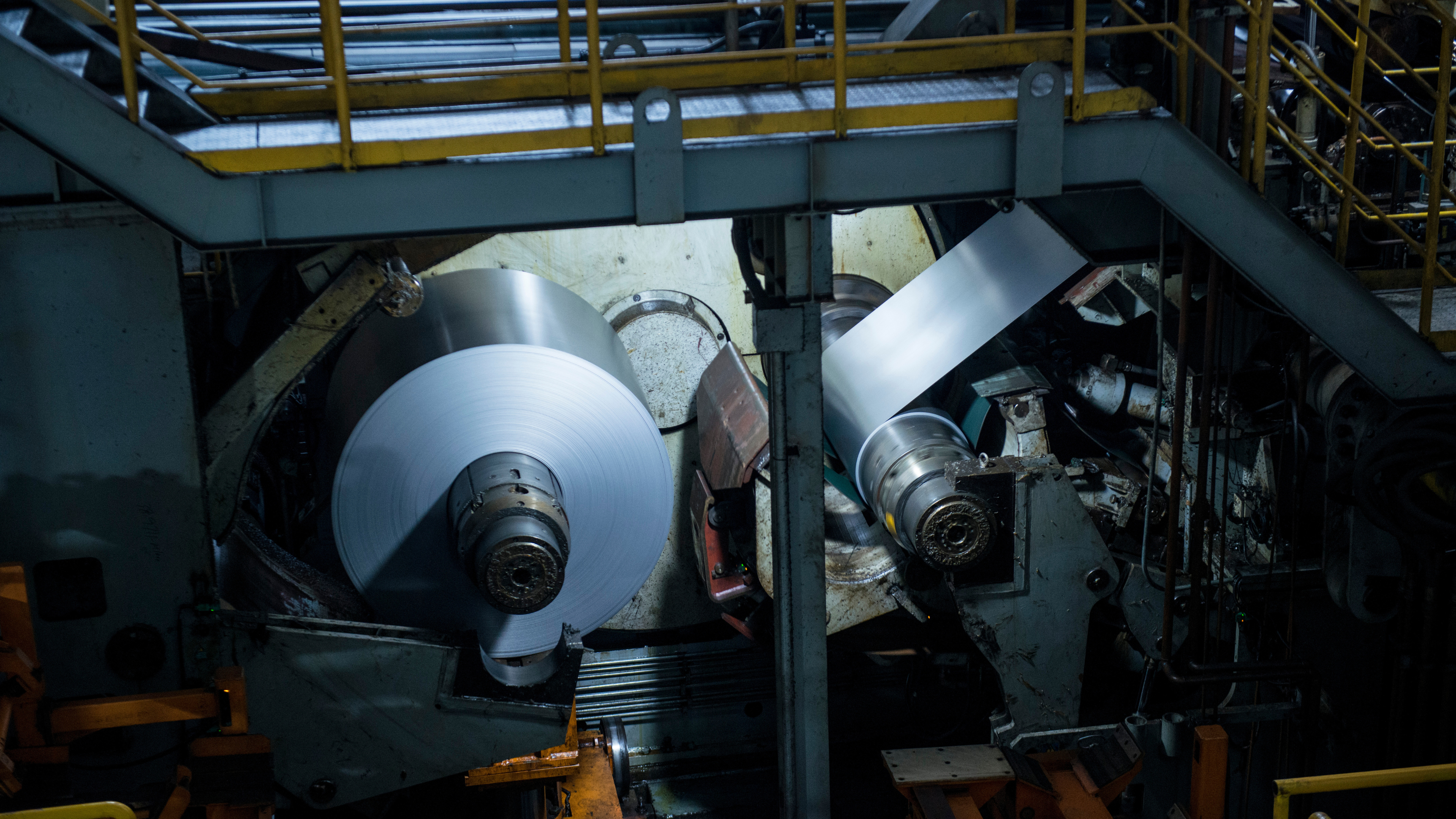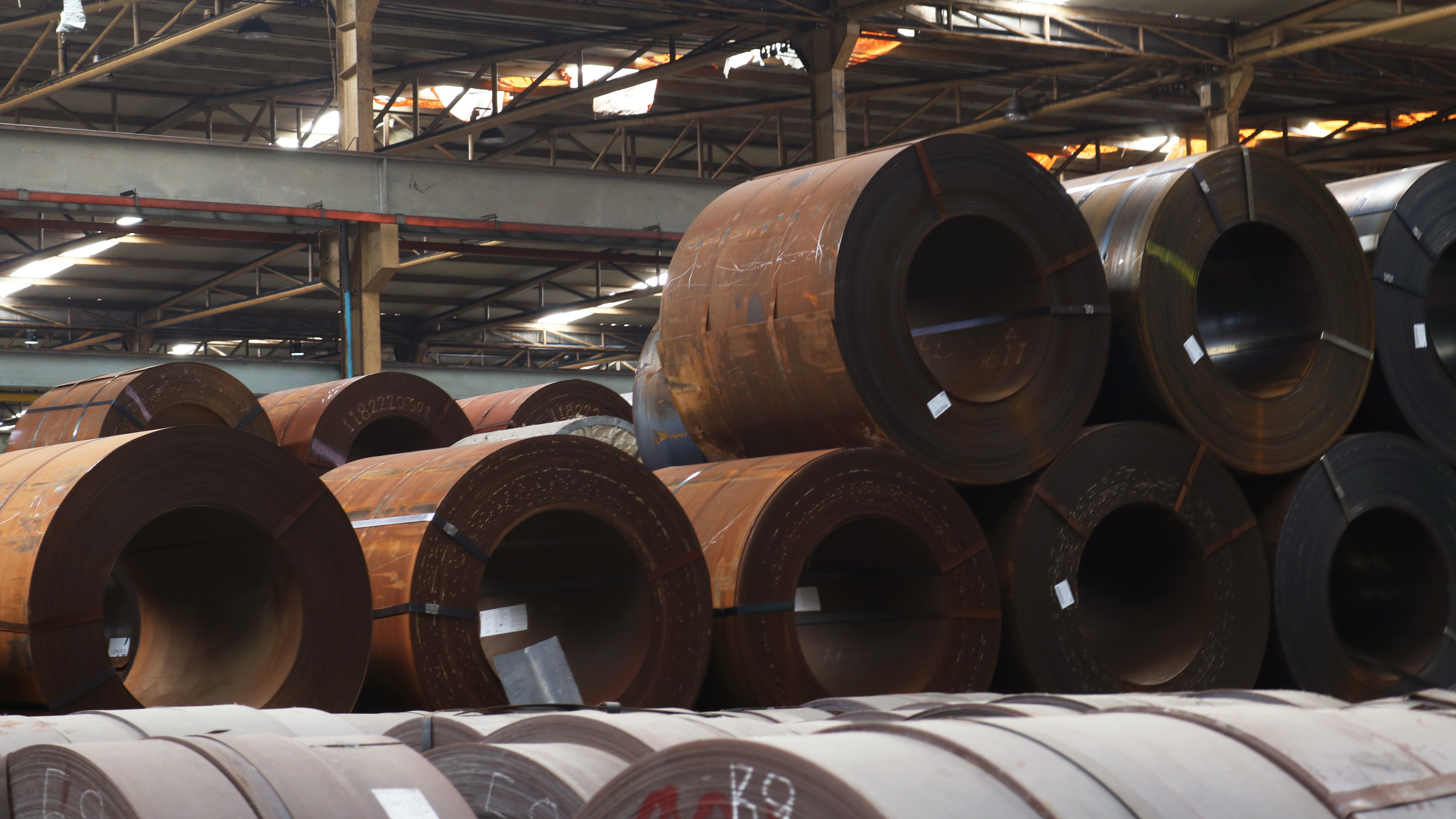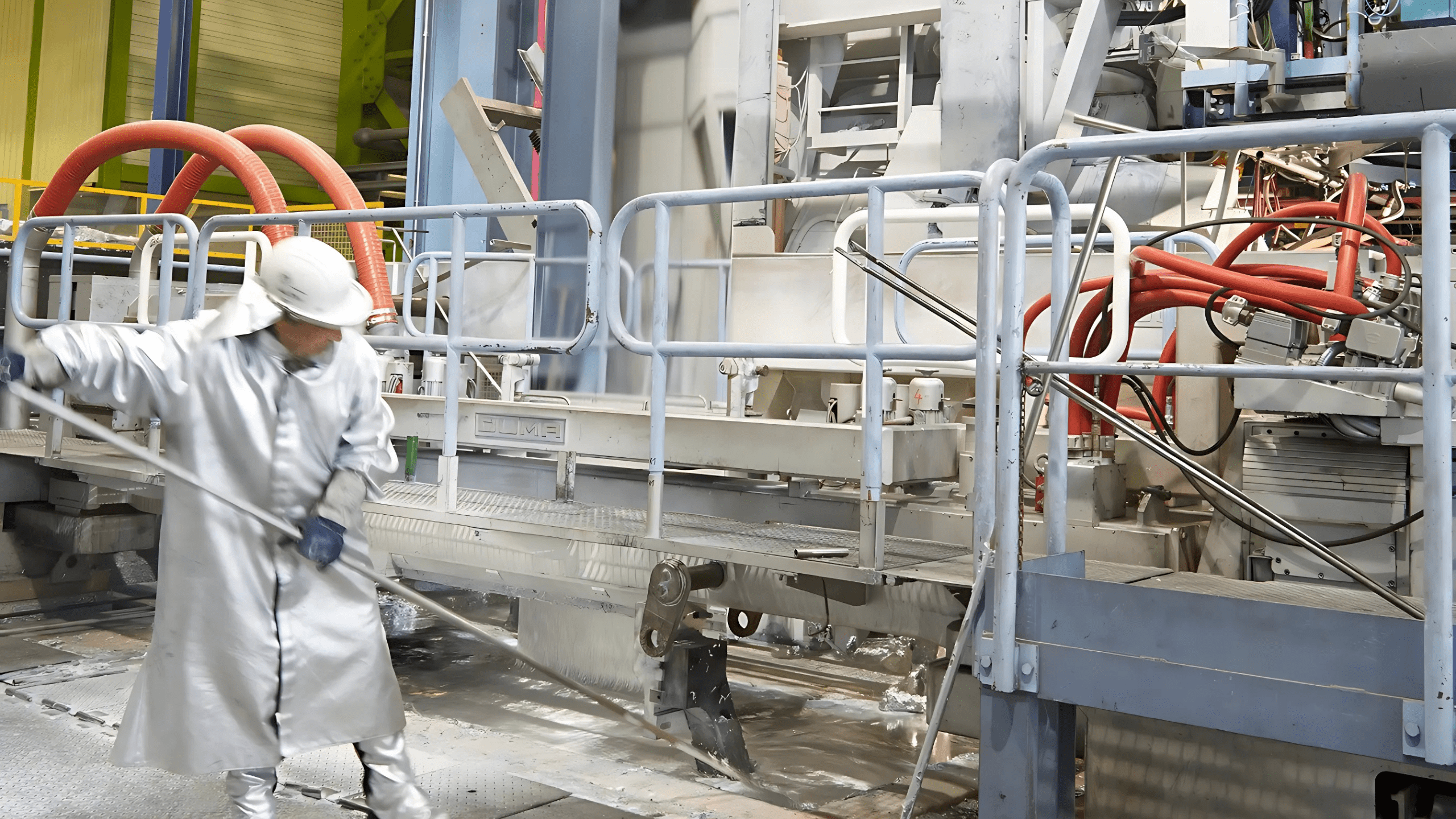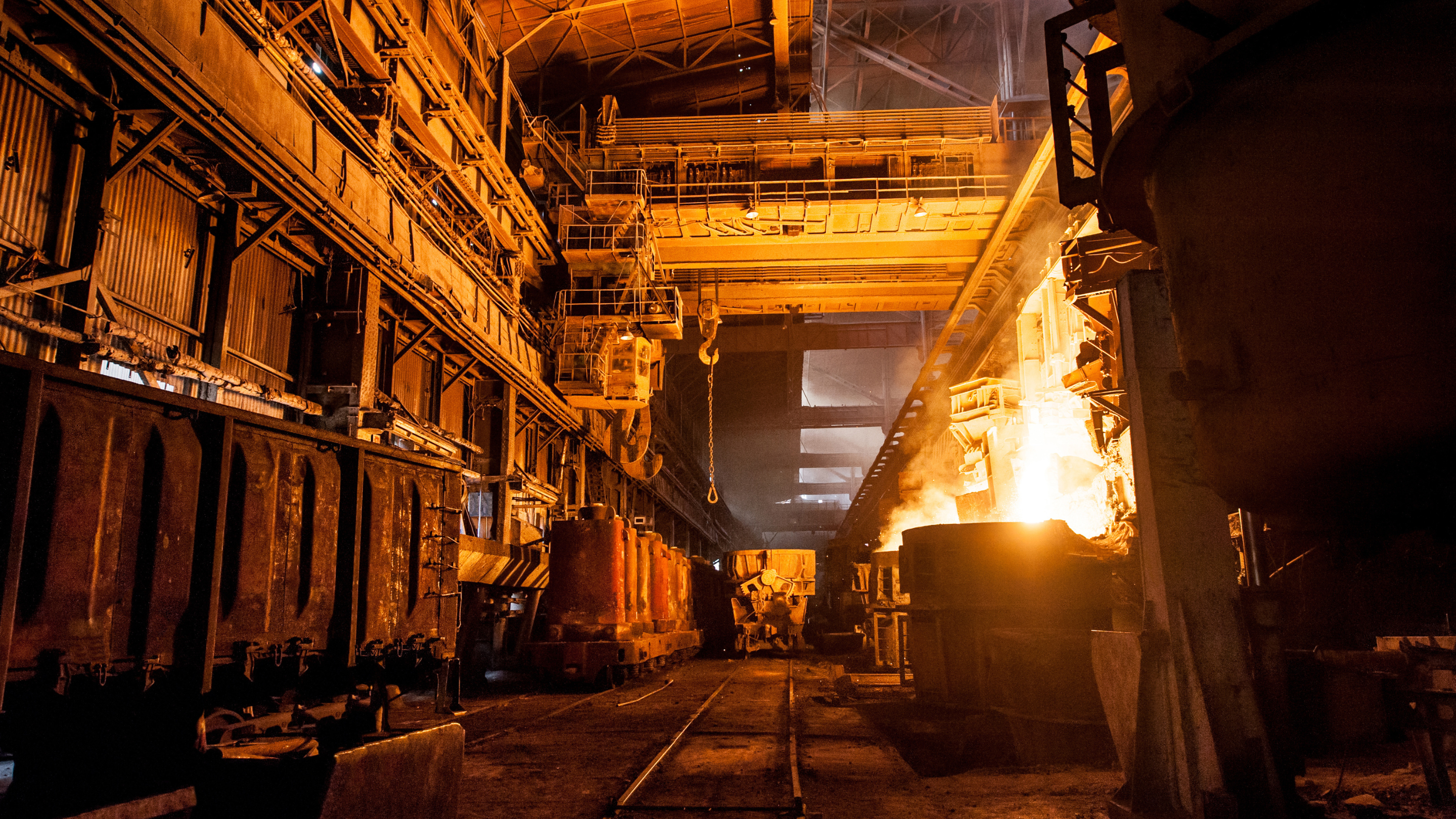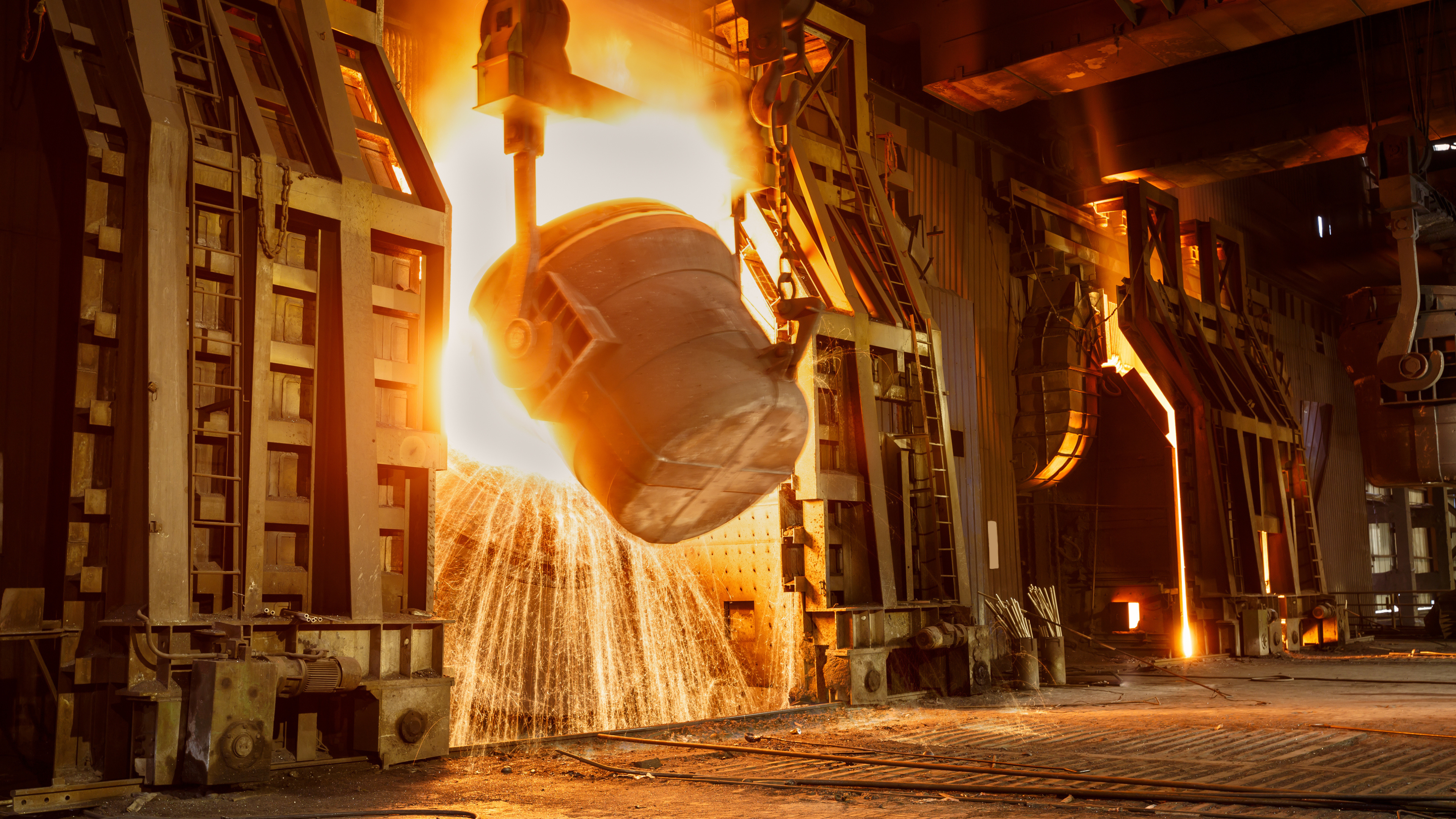Key Takeaways
- Problem: A stainless steel producer in Asia faced defects in duplex stainless steel slabs due to improper casting parameters and powder formulations.
- Challenge: Defects led to material loss, reducing yield and disrupting downstream operations.
- Solution: Identified defect causes, optimised casting settings and powder formulations, and provided staff training.
- Improvements: Reduced grinding loss to below 5% by minimising longitudinal depressions.
- Impact: Ensured consistent slab yield and optimised casting flow using SEN extension to prevent surface defects.
Examples of surface defects found on duplex stainless steel slabs prior to corrective action.
Overview
A stainless steel producer in Asia was facing issues with setting the casting parameters and the casting powder formulations for duplex stainless steel castings. The process settings were leading to the increased risk of longitudinal depression and hot cracks in the as-casted duplex stainless steel slabs.
Challenge
- Multiple technical key levers needed contributing to defects
- Defects arising from casting were:
- Reducing material yield due to corrective procedures.
- Impairing operational flow across downstream processes.
Solution
- Identifying the root causes of defects.
- Optimised continuous casting process settings and powder formulations to enhance slab quality.
- Provided hands-on training for operational staff to improve process consistency.
Results
- Reduction in Grinding Loss: The extent of longitudinal depressions on slabs was significantly decreased, reducing grinding loss to below 5% of the slab material. This reduction in material loss contributed to increased production efficiency.
- Consistent Slab Yield: Improvements in slab quality ensured consistent slab yield post-grinding, supporting stable production output and reducing waste.
- Optimised Casting Process parameters: Submerged Entry Nozzle (SEN) Extension: Extended the SEN to optimise casting flow and prevent surface defects.

